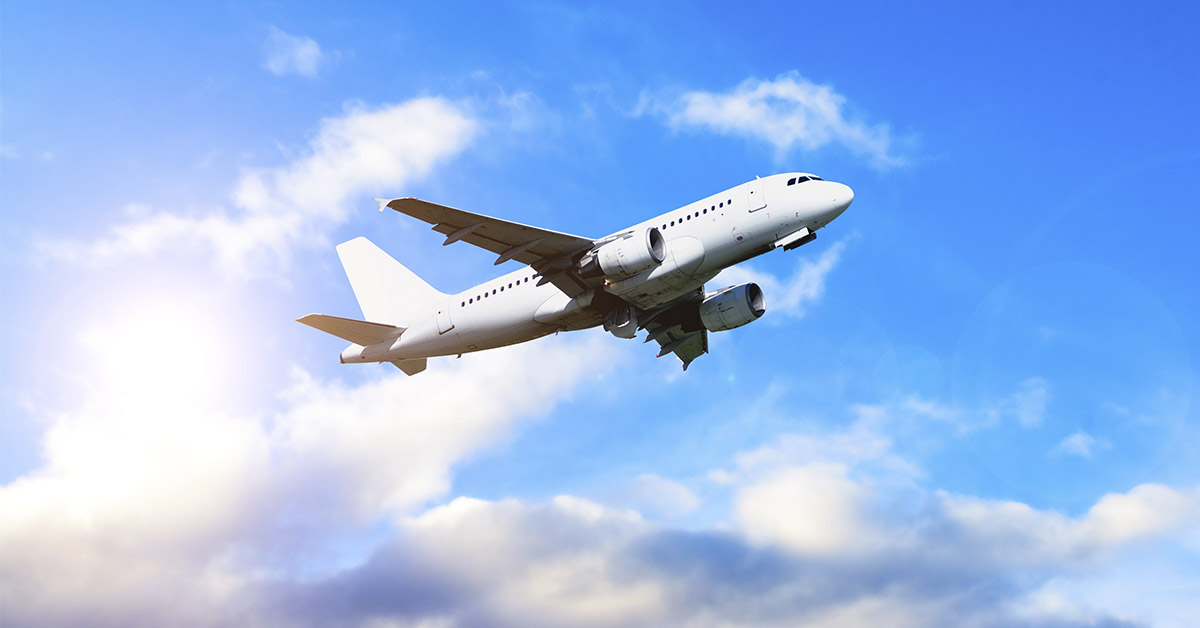The next time you pull your laptop out at airport security, you’ll be following rules created by a terrifying terrorist attack nine years ago. On February 2, 2016, a bomb hidden inside a laptop exploded on Daallo Airlines Flight 159, leading to security rules still used worldwide. The attack changed how airports check electronics and led to laptop bans in 2017. As airports install new AI scanners in 2025, this attack explains why airport security keeps getting stricter.
The Terrifying Moment Mid-Flight
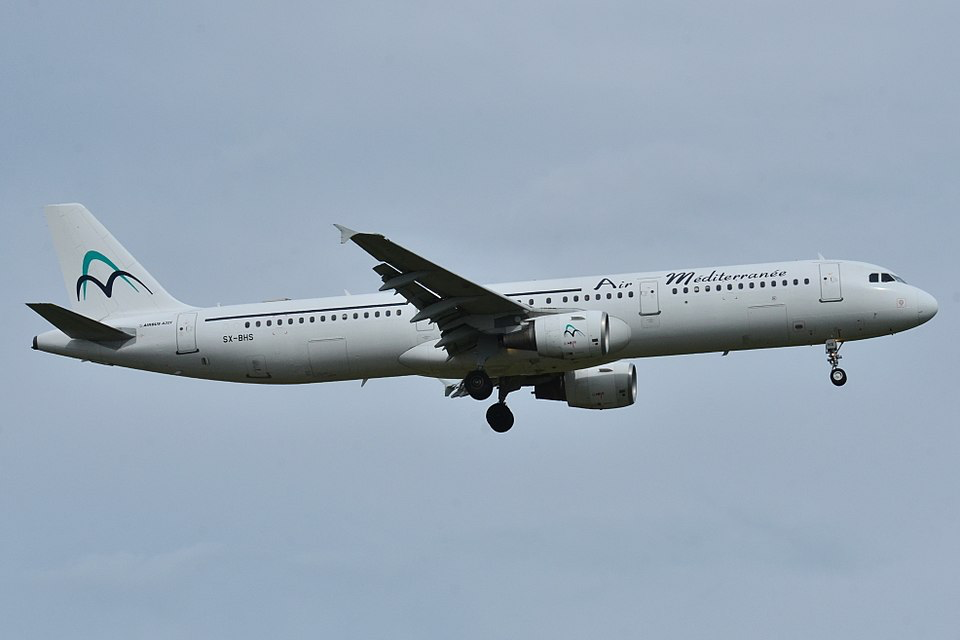
It started as a routine Tuesday morning. Seventy-four people boarded Daallo Airlines Flight 159 for what should have been a simple trip from Mogadishu to Djibouti. But twenty minutes after takeoff, disaster struck. A powerful explosion tore through the cabin at 11,000 feet, ripping a massive hole in the plane’s side. One passenger was killed instantly. The bomber himself, Abdulahi Abdisalam, was “propelled out of the aircraft in the explosion,” according to investigators. Fortunately, hero pilot Captain Vlatko Vodopivec somehow kept his cool and brought the damaged aircraft back to safety. “It was my first bomb. I hope it will be the last,” he told reporters afterward. Amazingly, the timing probably saved dozens of lives since the cabin wasn’t fully pressurized at that altitude.
Read More: Flight Attendant Explains the Mystery Behind the Black Triangle on Your Plane Seat
The Shocking Truth About the Bomber
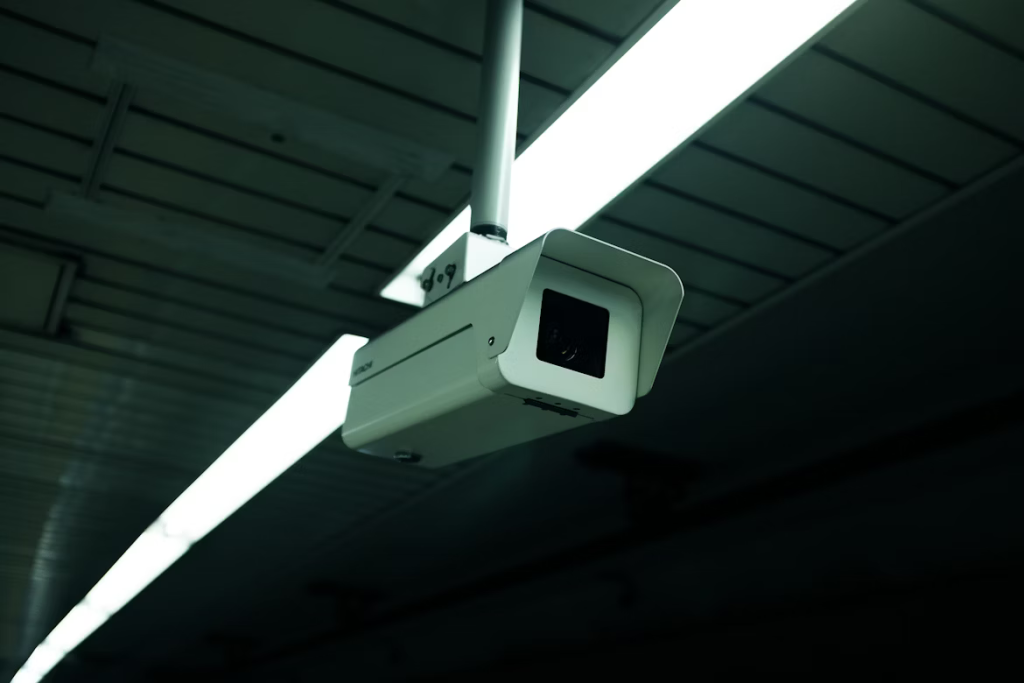
The passenger behind the attack seemed completely ordinary. Abdullahi Abdisalam Borleh looked like any traveler needing help. The 55-year-old teacher from Mogadishu used a wheelchair to board and carried what looked like an ordinary laptop. However, security cameras exposed the truth. They caught airport workers secretly handing him materials after he’d already passed through security. Furthermore, the footage shows someone in an orange vest meeting with a man in blue with computer equipment. As a result, airport employees were arrested for helping with the plot. Interestingly, bad weather had canceled Borleh’s original Turkish Airlines flight, forcing him to switch to Daallo.
How the Bomb Got Past Security
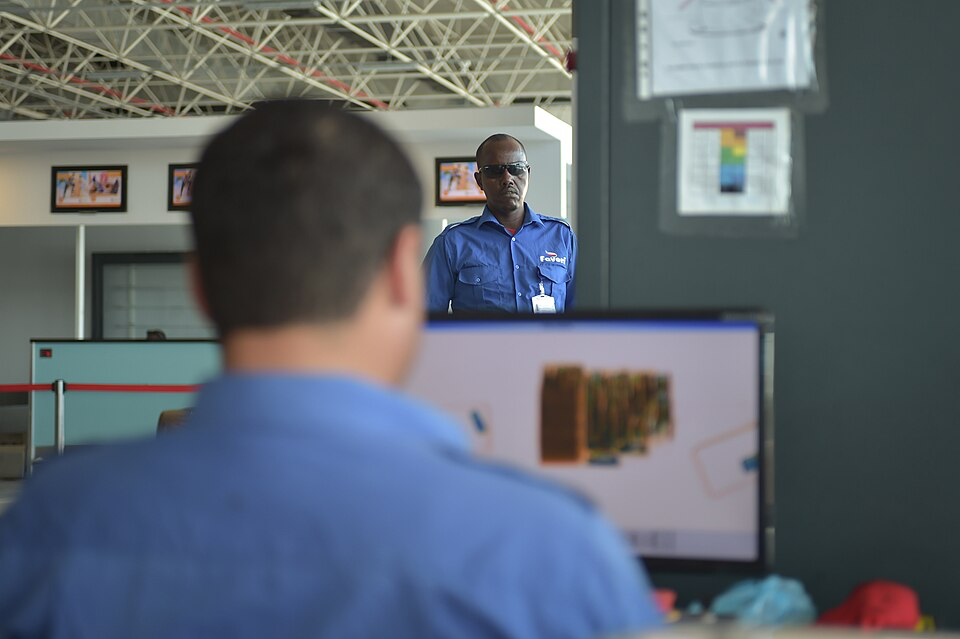
Surprisingly, the device sailed through X-ray scanners without raising red flags. Whoever built this weapon had done serious homework on how screening technology works. They designed explosive components to mimic computer parts, fooling detection equipment. Officials confirmed the intentional nature of the attack. “Additional investigations conducted by Somali and international experts have confirmed the explosion was not a technical problem but was a bomb that was intended to destroy the plane and kill all passengers onboard,” they announced. Ultimately, this exposed dangerous gaps in screening systems worldwide.
Read More: Why You Should Avoid Seat 11A on Your Next Flight – Here’s What You Didn’t Know
Al-Shabaab Steps Forward

Eleven days after the attack, Al-Shabaab claimed responsibility, calling the bombing “retribution for Western crusaders and their intelligence agencies.” More importantly, the terrorist organization showed disturbing strategic planning behind what initially appeared opportunistic. They had originally targeted Turkish Airlines, viewing Turkey as NATO’s proxy in Somalia. But when the weather canceled that flight, they adapted quickly. Most passengers, including the bomber, transferred from the canceled Turkish flight, turning a weather delay into a deadly opportunity.
Laptops Get Exiled
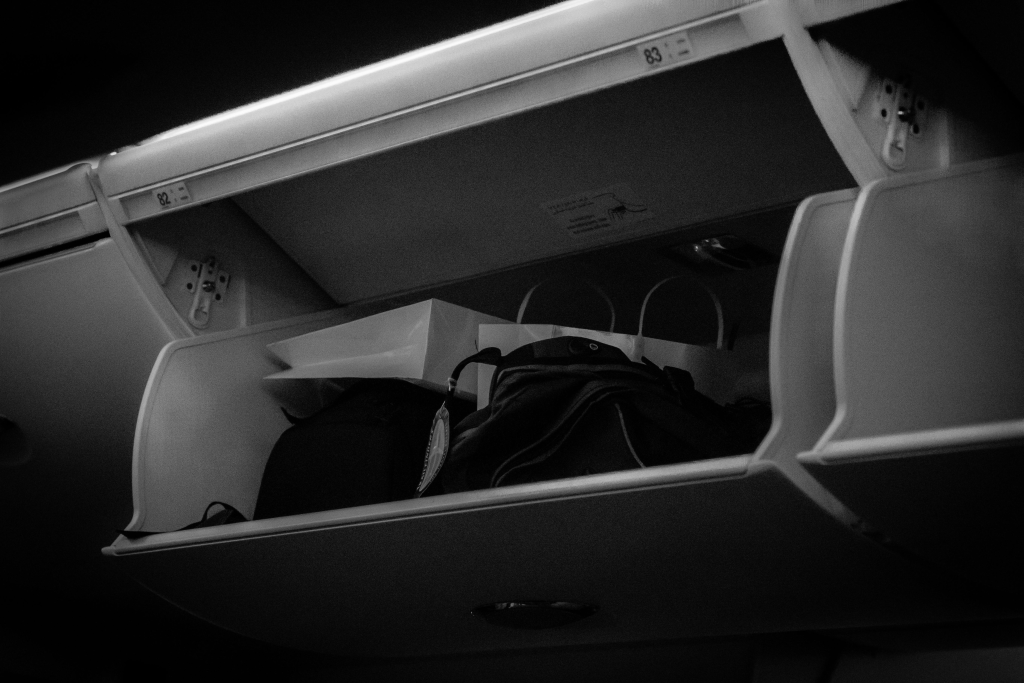
The aviation industry responded in March 2017. The United States implemented a ban on laptops in cabin luggage from ten Middle Eastern airports. Britain quickly followed with similar restrictions. As a result, business travelers suddenly found themselves forced to check devices they had never trusted in cargo holds. Experts explained that larger electronics provided more space to conceal dangerous materials. Meanwhile, airlines worked to accommodate affected passengers by providing loaner tablets to premium travelers. Nevertheless, the policy had serious economic implications since many business-class passengers specifically chose those seats to work during flights. The attack had effectively grounded laptop computers on millions of flights worldwide.
Read More: Leaked Video Allegedly Shows Air India Plane Losing Power Before Crash: ‘Nothing Is Working’
Why This Changes Everything for Travelers
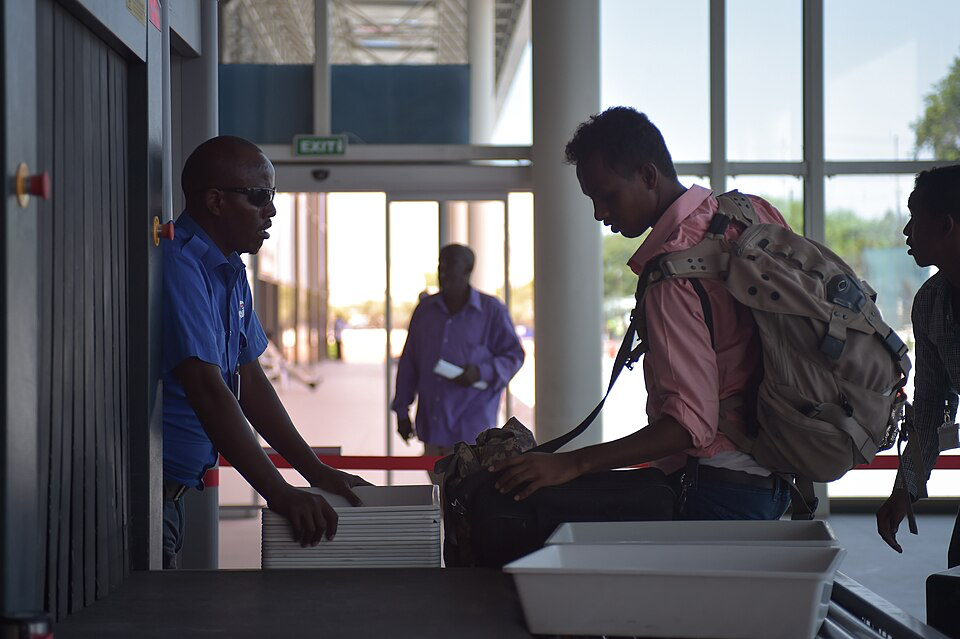
Every time you take your laptop out at airport security, you’re following rules that came straight from Flight 159. Those annoying separate screening steps? They’re a direct response to what happened in Somalia that day. The European Union’s 2025 rule requiring CT scanners shows how these security measures keep evolving, with advanced 3D imaging designed to catch threats that older X-ray machines missed. Nine years later, the aviation industry is still changing its defenses based on this attack.
Digital Warfare Takes Flight

Aviation cyber attacks have jumped by 600% since 2022, with ransomware making up one in five attacks on airport systems. Today’s laptops and phones create two problems: they can hide physical threats and give hackers digital access to networks. Smart airports with connected systems now face risks that go far beyond physical bombs like the one used in the Daallo Airlines attack. Cybercriminals can now target key systems like GPS navigation, passenger records, and air traffic control. The laptop bomb from Flight 159 represents a bigger threat category where electronic devices can attack aviation security in multiple ways.
Scanners Strike Back
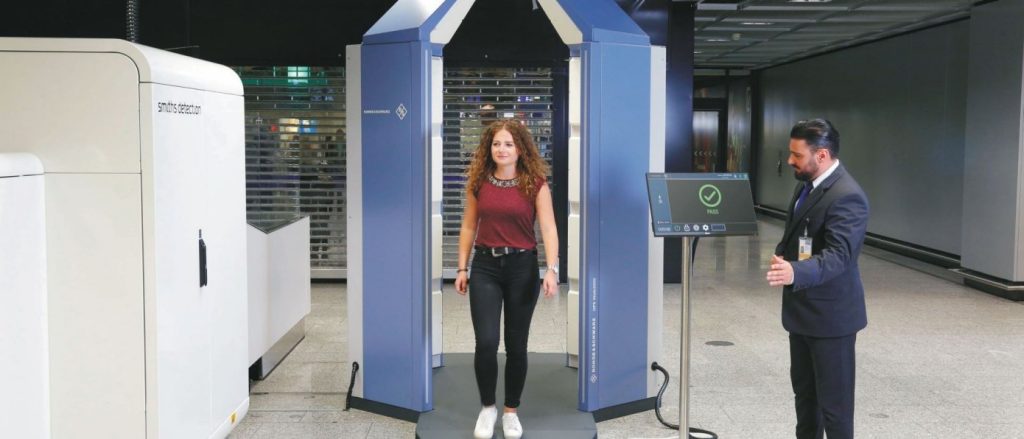
Frankfurt Airport installed the world’s first 360-degree walk-through scanner, letting passengers keep their electronics while it scans for threats from all sides. AI systems now spot suspicious items faster and better than human workers, as part of the $8.42 billion the industry is spending on better security by 2033. This technology might have found the device used on Flight 159, but security experts say criminal groups keep finding new ways around detection systems. It’s a constant battle between better security technology and criminals trying to beat it, showing this threat will always be with us.
The Endless Game
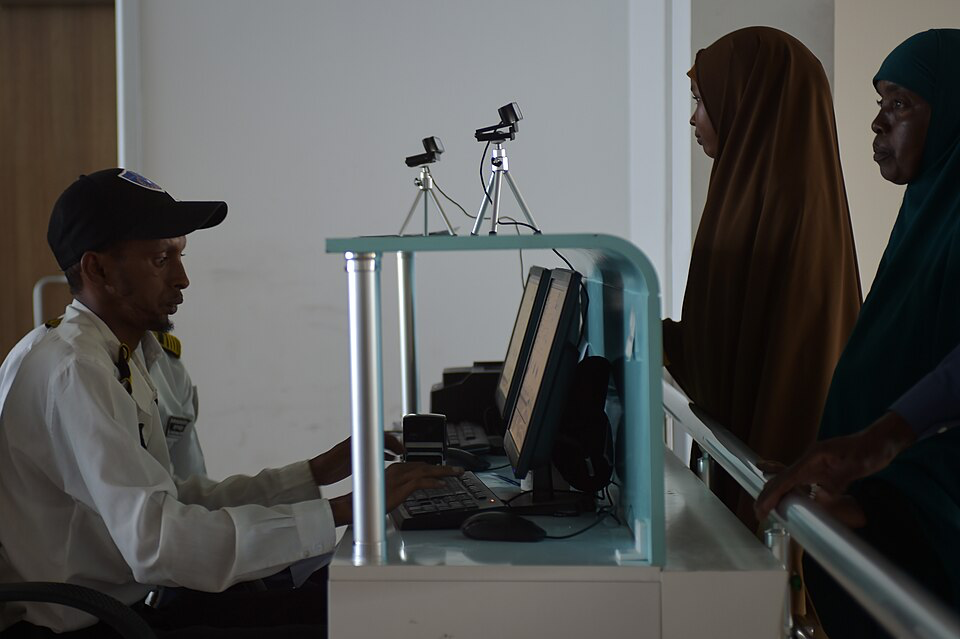
Aviation security remains locked in a continuous cycle of adaptation and counter-adaptation with those who seek to exploit it. Flight 159 showed that terrorist organizations study defensive measures as systematically as security agencies analyze attack methods. While today’s AI-powered scanners and enhanced screening protocols may prevent similar laptop bomb attacks, security experts recognize that hostile actors are already developing new tactics. The deadly incident that began with one man’s attack over Somalia continues to influence global aviation security policies, affecting millions of travelers. This permanent challenge requires constant vigilance.
Read More: Man Discovers Air India Crash Survivor Sat in Same Seat He Once Survived Another Disaster In
